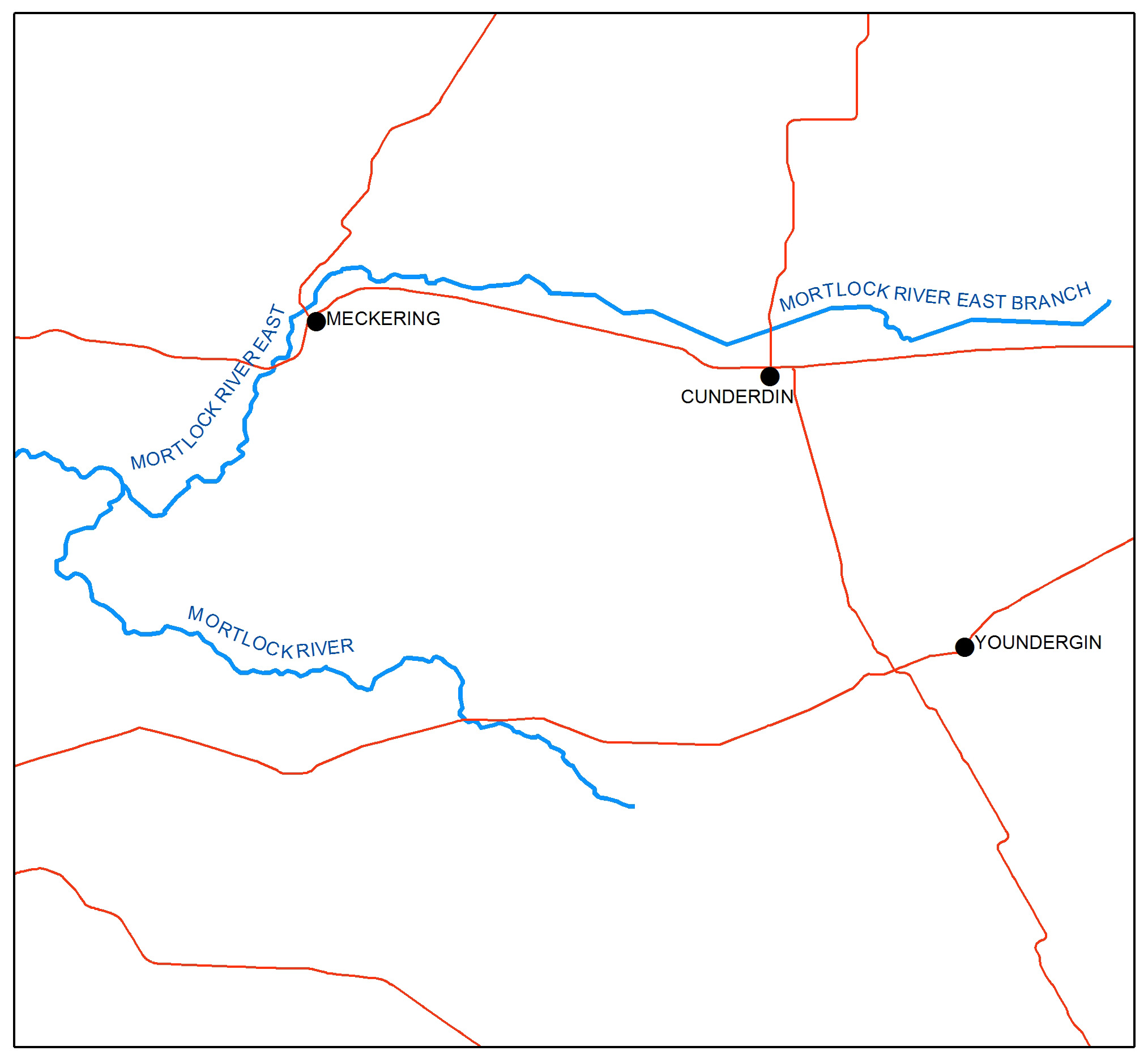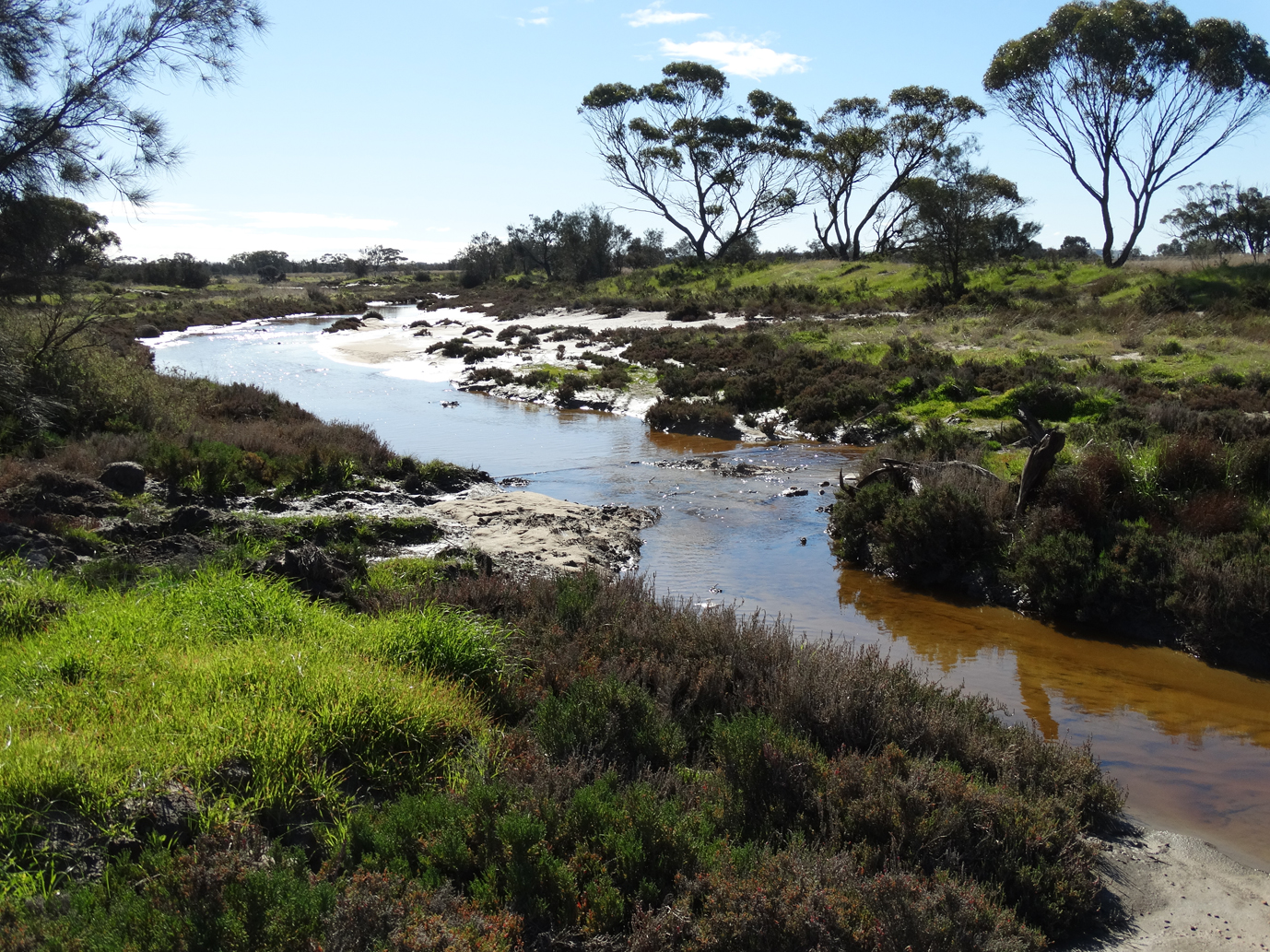

Wheatbelt NRM has secured funding through the Federal Government’s Biodiversity Fund for projects to address the degradation of, and risks to, biodiversity assets within the East and South Mortlock River catchments. This is a small project in which we want to facilitate connectivity between areas of priority habitat. The Cunderdin, Meckering, Youndegin and Belmunging areas are unique within the Mortlock River region due to the significant areas of remnant vegetation. With a small project it is important that we focus on these areas initially, with the aim of creating connected habitat protected from the threats faced by many of the threatened species in the region, and across Australia. The main activities that we can support are biodiverse revegetation, environmental weed and feral control and fencing of native bushland.
We would like to offer this opportunity to farmers in this target area to improve the quality of remnant habitat on their properties and assist to create corridors for native wildlife and plant communities. There are many species across the Wheatbelt that are declining in numbers. One species that you may be familiar with is the Red-capped robin, which relies on remnant vegetation and well established revegetated areas for nesting. By creating habitat connections on your property and working with your neighbours to protect the bush you can help to ensure the continued presence of the Red-capped robin, and many other species currently relying on these patches of remnant vegetation.
Healthy bushland on your property will have a number of benefits for the agricultural productivity of your land, by ensuring the functionality of a number of ecosystem services that are essential to agriculture, including:
- Rain – substantial patches of vegetation have a significant impact on the climate of the surrounding area, with some studies finding vegetation creating up to 30% of the local annual rainfall.
- Increased diversity of pollinators – pollinators are vital for many crop species and pollinator numbers are in decline across the world. By increasing the diversity of pollinators in a system this acts as a level of collective insurance in case the primary pollinators are lost from the Wheatbelt.
- Erosion and salinity control – both erosion and salinity are significant issues for farm land across the Wheatbelt and are associated with the loss of deep rooted plants that stabilise the soil and lower the water table. A 2006 study of soil erosion across Australia by the University of Newcastle found that the Western Australian Wheatbelt is losing an average of 6.6 tonnes of soil per hectare each year. This significantly lowers the potential productivity of farmland. The salt store under the soils of the Wheatbelt is one of the largest in Australia. Estimates suggest that $130 million is lost in agricultural production across Australia each year, due to rising salinity.
- Soil micro-organisms – healthy natural bushland contains beneficial mycorrhizal fungi that colonise the roots of most plants. This colonisation allows the plants to access nutrients in the soil that are otherwise unavailable and increase the moisture retention of the soils. These relationships are also important for conventional crop species, improving the health and nutrition of the crop and reducing the necessity for high fertiliser inputs. Having healthy native bushland on your property increases the presence of mycorrhizal fungi.
By working together with your neighbours to look after the bushland in your area you will have the greatest impact on feral animals. This project is also designed to assist landholders to control feral animals on their properties, which will help to protect stock and crops from the impact of rabbits and foxes. Landholders across the Wheatbelt are currently working with their neighbours to control feral animals through the Red Card for Rabbits and Foxes program. You can find out more about this program at: http://www.redcard.net.au/
We receive funding through the Australian Government with the expectation that all of our project activities involve partnerships with landholders. All activities must have a 50/50 split of input between Wheatbelt NRM funding and landholders’ in-kind contribution. The landholders’ in kind contribution is generally in the form of implementing the management activities.
If you are interested in getting assistance from us to protect the bush on your property please give me a call on 0488 902 220 or email me on anika@wheatbeltnrm.org.au and we can arrange a day to visit your property and discuss what activities would be suitable for you.

